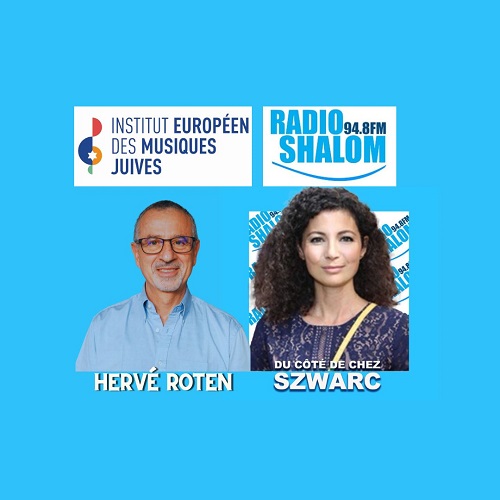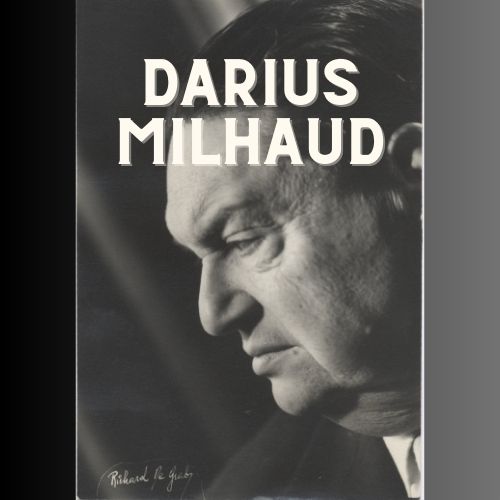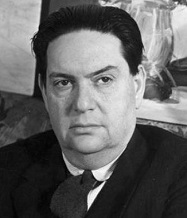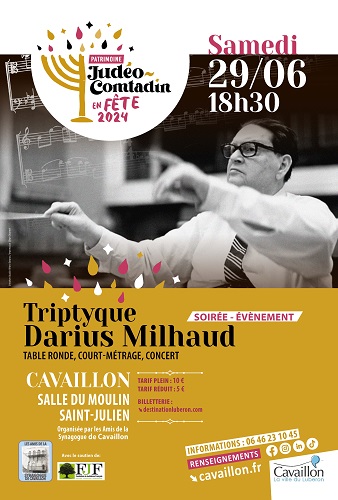
A radio broadcast of the European Institute of Jewish Music hosted by Hervé Roten
MUSIQUES JUIVES D’HIER ET D’AUJOURD’HUI – MARCH 14, 2017, JUDAÏQUES FM (94.8), 21H05. Radio program in French
The holiday Purim, celebrated on the 14th of Adar, commemorates the story of the queen Esther, favorite of the king Ahasuerus, who saved the Jewish community of Persia from destruction ordered by the king’s minister, Aman. This story is told in Esther’s scroll (in Hebrew: Meguilat Esther), last book of the Hebrew Bible that was canonized, and which was written approximately in the 4th century of the Christian era. According to the rabbinic tradition, the holiday of Purim is celebrated first by the Jewish People of Susa, and then spread out to all Jewish communities.
Purim is a joyous holiday, in which it is usual to disguise oneself, play music, have fun, eat and drink well. Through the centuries, the holiday of Purim became a symbol of the persistence of the Jewish people against all oppressors.
Since the 5th century, it is usual to do solemn processions in which an effigy of Aman is hanged or burned. Some see in this the origin of the plays performed during Purim, and foundations on which the Yiddish theater will begin and develop in the 18th century. Known also as the Purim Shpil (play or actor Purim) in the Ashkenazi tradition, these satirical theater plays incorporate all the performing arts – theater, music, dancing, singing, mime and costumes. The themes of the Purim Shpil are generally based on the story of the Book of Esther, but can insert also other stories and other biblical characters, or items inspired by the actuality and political contemporary characters.
Bernard Vaisbrot, Yiddish teacher at the Medem Center – Arbeter Ring, and author of a PhD on Itsik Manger, will speak about the Purim Shpil. This program will be illustrated like always with several musical examples: historic recordings from the beginning of the 20th century as well as the more recent declination by the Bursteins (Meguilah of Itsik Manger) in 1965, not forgetting the art music composers (Lidarti, Milhaud) who were inspired by the subject…
Let’s mention the creation in December 2013 of the Collectif Pourim Shpil, whose goal is to register the Purim Shpil on the list of the immaterial cultural heritage of the UNESCO.
Listen to the previous show: Purim or the celebration of Esther In music.

Ethnomusicologist, he quickly developed an interest in the safeguard and digitization of archives, subjects he taught for several years in Reims and Marne-La-Vallée universities.
Author of many articles, books and recordings related to Jewish music, producer of radio programs, Hervé Roten is recognized today as one of the best specialists of Jewish music in the world.



